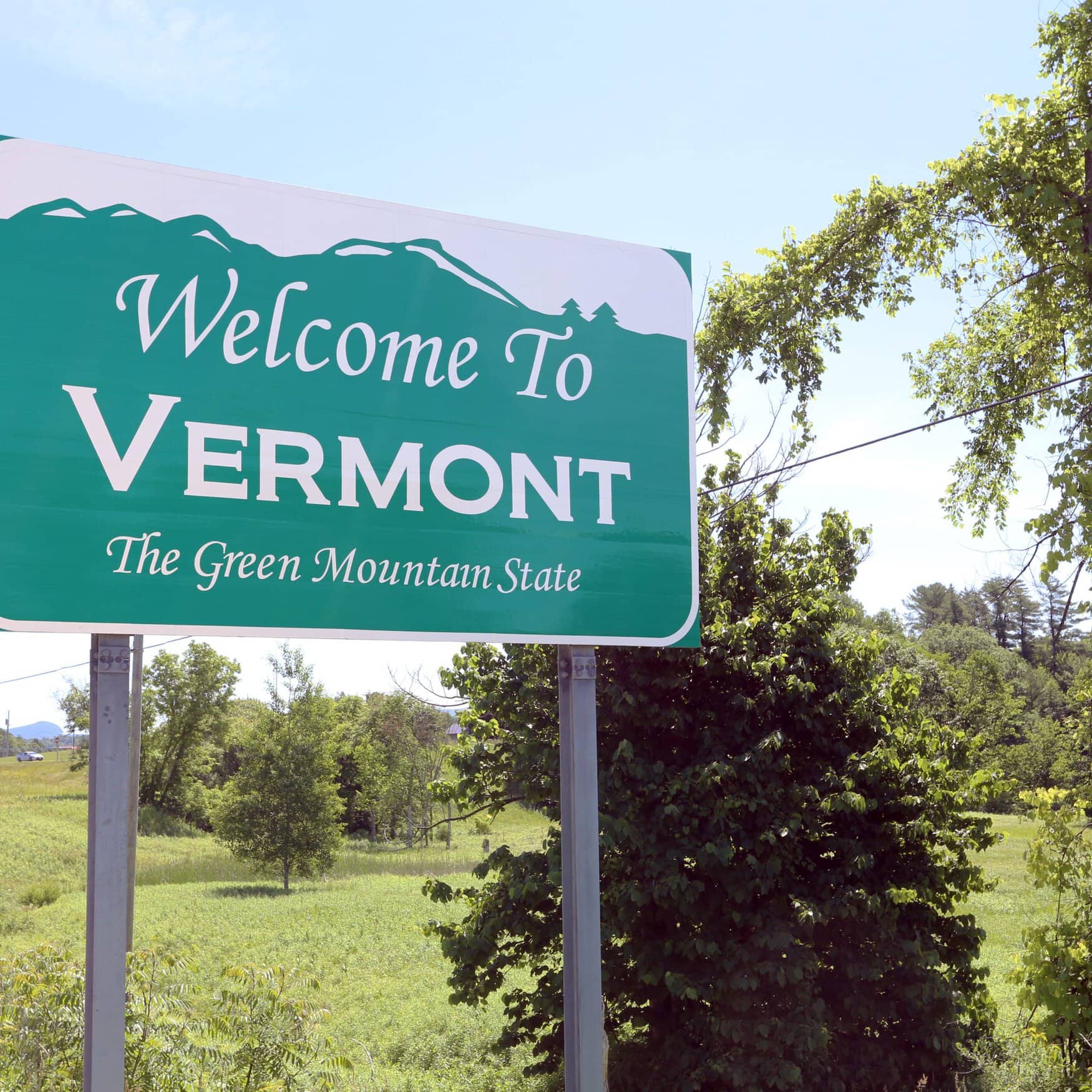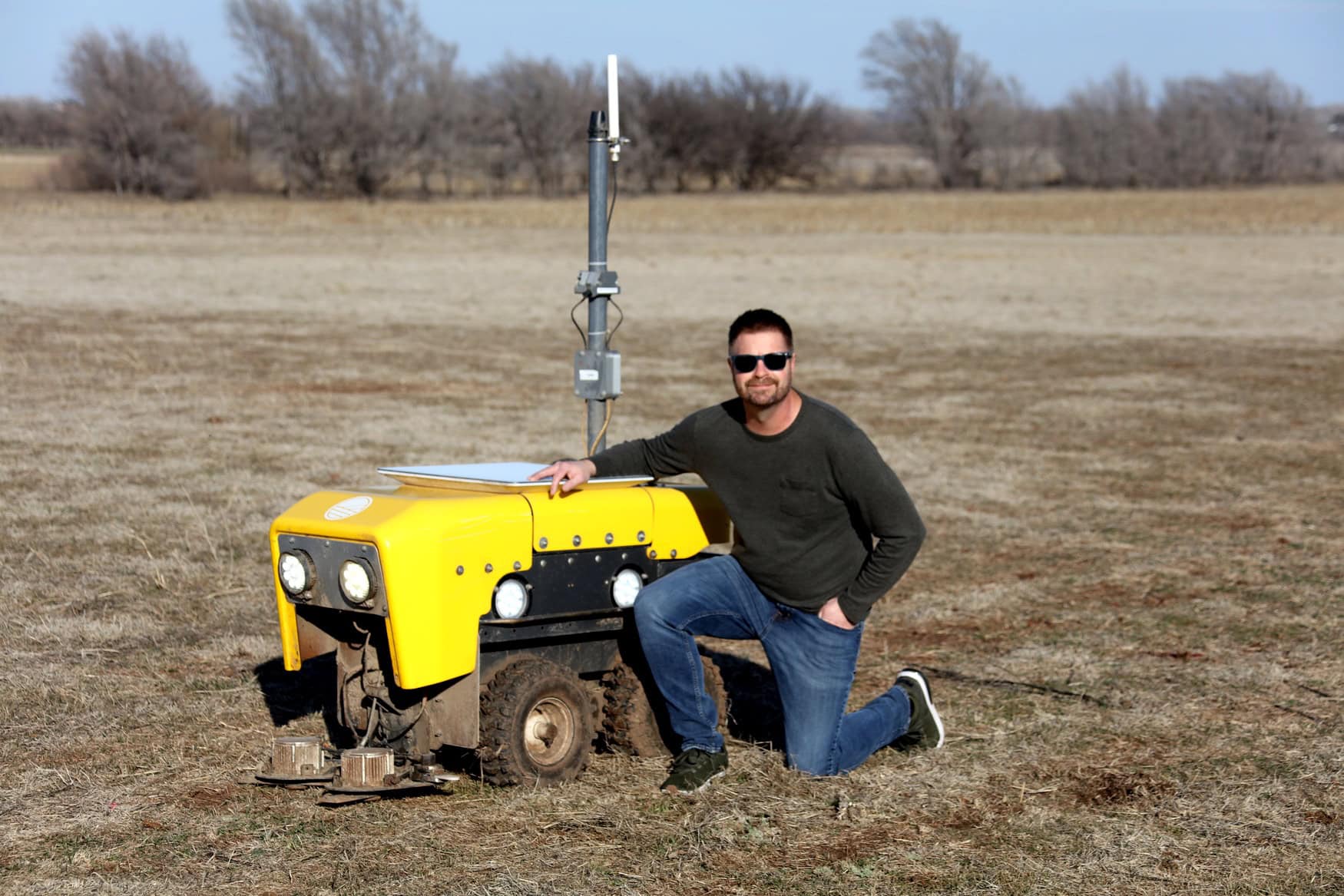Vermont farmers struggle with recovery as growing season commences

In Vermont, the agricultural sector is still grappling with the aftermath of severe flooding events as the critical growing season begins. Last July, catastrophic floods inflicted significant damage on numerous farms throughout the state, an ordeal exacerbated by subsequent floods in December.
One such affected operation, Dog River Farm in Berlin, Vermont, suffered extensive losses. George Gross, the farm’s owner, reported that recent flooding destroyed nearly all of the farm’s late fall garlic crops and created substantial erosion in the fields, including several large holes. “We had 15,000 garlic heads growing here which represented a significant amount of retail dollars, and now they’re gone, carried downstream by the Winooski River,” Gross explained.
The situation is similarly dire for other local farmers. Jeremy and Jennifer Leather, who raise goats, experienced the loss of vital straw bales and hay supplies to the floods, which were either washed away or ruined by silt. This has forced them to purchase additional feed, adding financial strain during an already difficult period.
In response to these hardships, a grassroots fundraising initiative, Dig Deep Vermont, has begun distributing its first grants to aid 32 farms. The initiative aims to alleviate some financial burdens by covering costs such as fuel, seeds, and fertilizer. The estimated losses from the flooding and related weather challenges total about $45 million statewide.
Vermont Agriculture Secretary Anson Tebbetts and Vermont Farm Bureau President Jackie Folsom highlighted the urgent needs facing the state’s farmers at a recent press conference. Folsom noted the practical challenges of preparing fields for planting, which include removing and relocating silt without violating environmental regulations.
As farmers like Gross face a season filled with uncertainty, the community braces for a long and labor-intensive recovery, hoping for a successful harvest come November. “That’s a long wait and a lot of work to put forward in hopes that you’re going to have a payout, but that’s farming,” Gross stated, encapsulating the resilient spirit of Vermont’s agricultural community.



